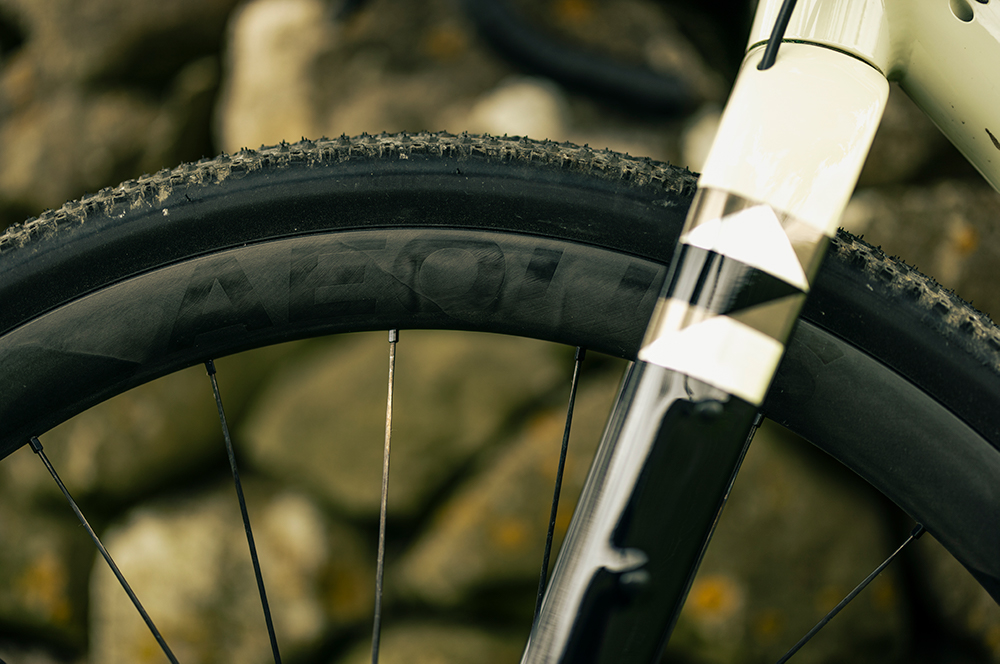
New Aeolus Gravel wheels with the Bontrager GR2 Tire
Whether you’ve just embarked on your first gravel bike ride or are a veteran in navigating the single track course on a MTB. There are a few things you should know before you embark on your next spin.
While this may be an unpopular opinion amongst some riders. We sole heartedly believe there is only one correct set-up for off-road bikes. A tubeless set-up. (This may require getting a new set of wheels that use hookless rims which are compatible with a tubeless set-up)
While other disciples of cycling benefit from smooth pathways and compact terrain.
Off-road throws you into all the depths of it all. From steep slippery rock-garden to newly formed natural pot-holes carved out by rainfall. A tubeless set-up is the only one that can handle it all. Eliminating ‘snake-bites’ altogether while letting you run a lower psi for maximum grip.
Tubeless set-ups offer you the best of both worlds and beyond. While they might be higher maintenance with regular glue refills every 3-5 months.
There’s nothing better than hearing a hiss and a somewhat instant stop to it while you’re putting in your best effort on a strava segment.
And if you run into the trouble of your glue not sealing the puncture, you can always try using a dynaplug to seal it up before throwing in a tube as your last resort to get you home.
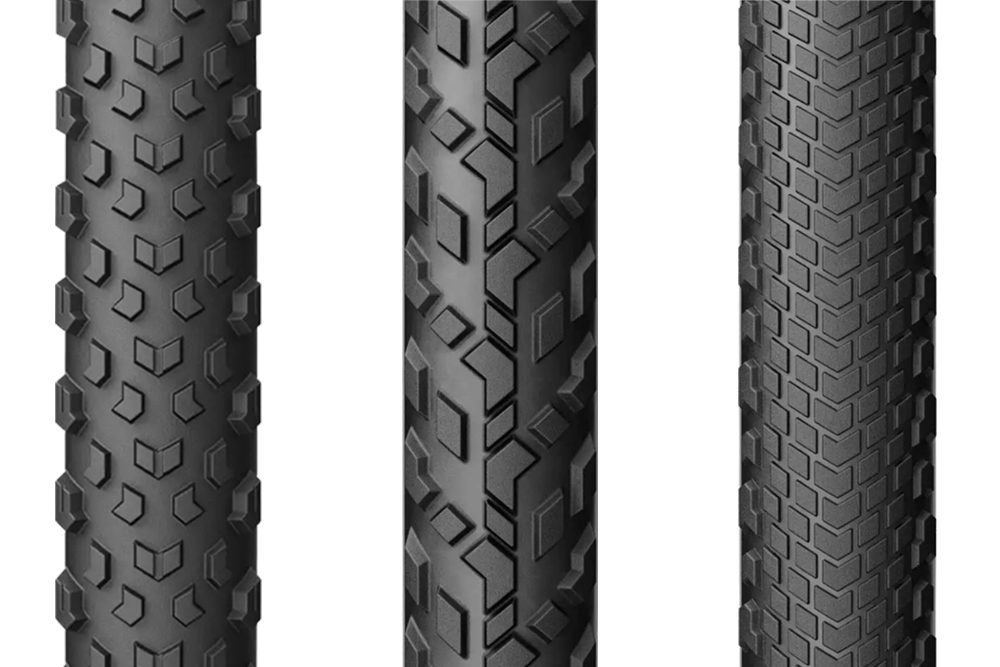
Pirelli's Gravel Choices - Soft / Medium / Hard
While running a tubeless set-up might be already ticked off your list. Are you running the correct tires?
This discussion can go on for days as there are different variables to choose between regarding the terrain of your ride but we’ll try and keep everything short and sweet.
Starting with the basic type of gravel - Broken road / Potholes / Boreens. Tires such as the Pirelli Cinturato Velo can handle most of these surfaces. Running a set of 32mm - 35mm would ensure a lot more comfort than a standard 28mm that might come with your bike would.
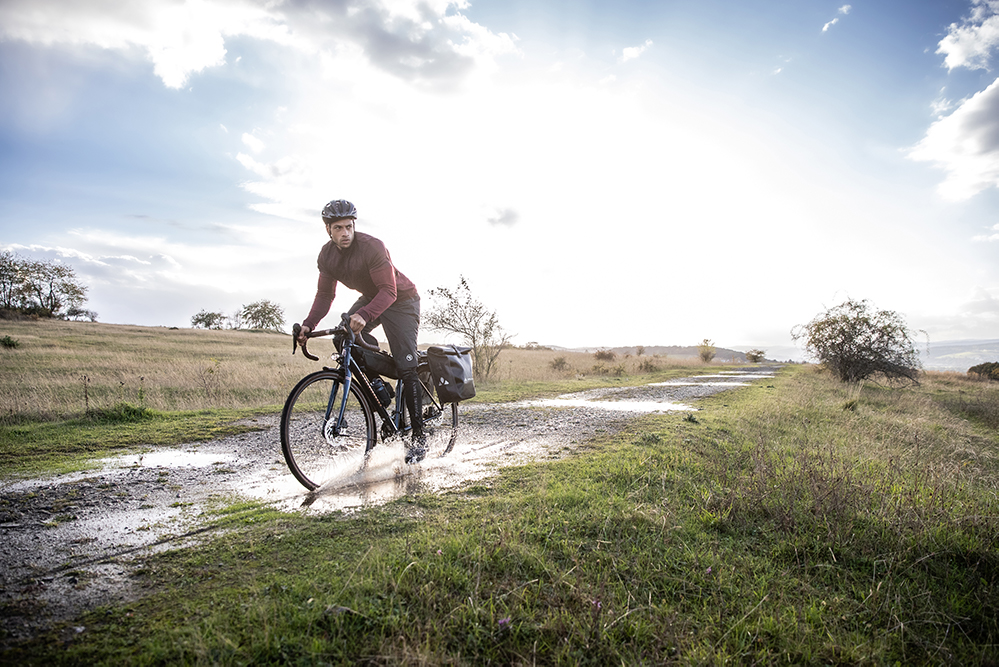
These tires are also far more puncture-proof thanks to their armoured design. Most endurance road bikes can now take a tire size of 32mm/35mm. Make sure to not run above the recommended max psi as it will damage the tire in the long term.
Moving onto the next level of gravel that we don’t see enough of in Ireland - Dry / Loose / Compact. Riding tires like the Bontrager GR1 or Pirelli Cinturato Gravel M that come with threads will help provide much needed grip when cornering than smooth tires would.
For slightly loose to loose gravel we recommend you run 38mm to 45mm which will help you create a larger surface area for the gravel to make contact with. The more surface area the less the bike will sink into the ground.
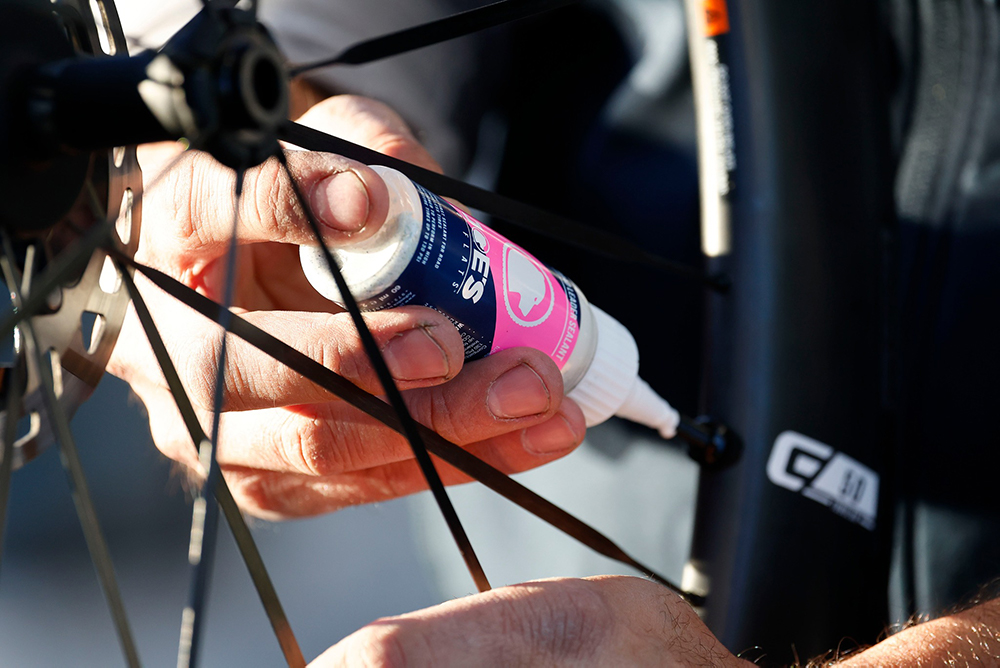
Joe's No Flats tire sealant in action - Great piece of kit to have on your spin
Lowering your PSI will help the tire spread the weight across the gravel more evenly and provide a more efficient all-round ride.
The final frontier of gravel, borderline MTB territory - Wet / Muddy / Loosey Goosey. If you want to maintain your safety and grip while riding some soft and muddy terrain. Then riding the Pirelli Cinturato Gravel S or equivalent is a must.
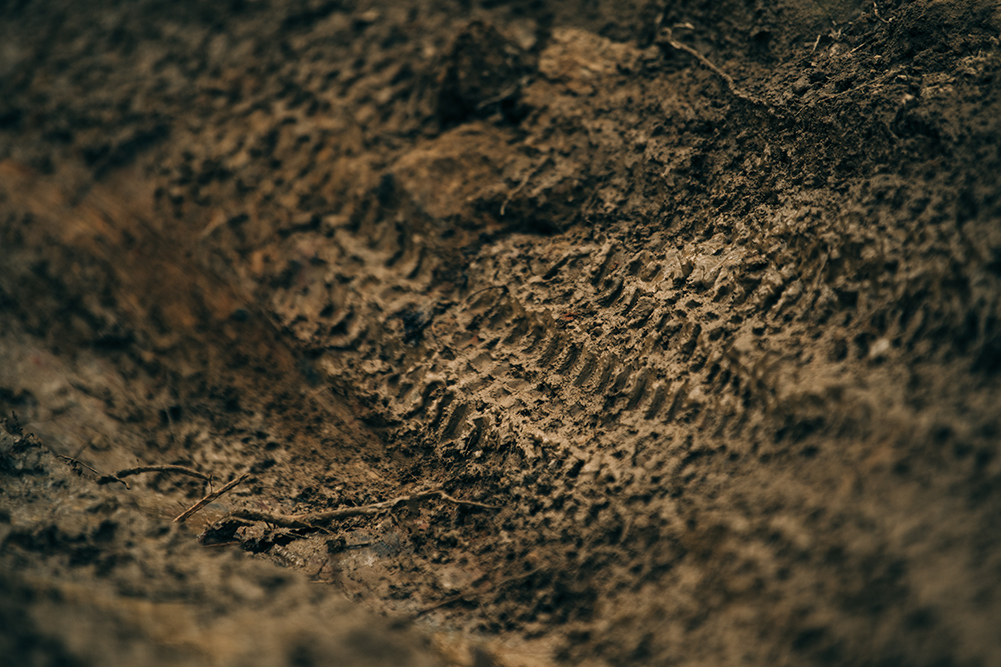
Peanut butter conditions on the track = Loosey Goose
Having a tire with a much knobbler surface helps maintain grip through the wettest of spins. Running this sort of a set-up at closer to the minimum recommended psi would benefit the rider most. Having a wider tire such as a 45mm to a 50mm will increase handling thanks to the extra surface area provided.
Maintenance / Refills
Last but not least is maintenance of tires. While some may argue that clincher set-ups are easier to maintain, if you don’t keep on top of the degradation of tubes and tires on a clincher set-up you’ll find yourself in just as much trouble as you would with a tubeless set-up. Keeping on top of your thread markings is a must for all tires.
When it comes to tubeless set-ups, making sure your sealant is topped up can be as easy as scheduling a refill with us every 2-4 months depending on how much cycling you’ve done or how many punctures the tires have had to seal. It’s a good habit to get your tires checked after any punctures in case they might need an additional top up of sealant.
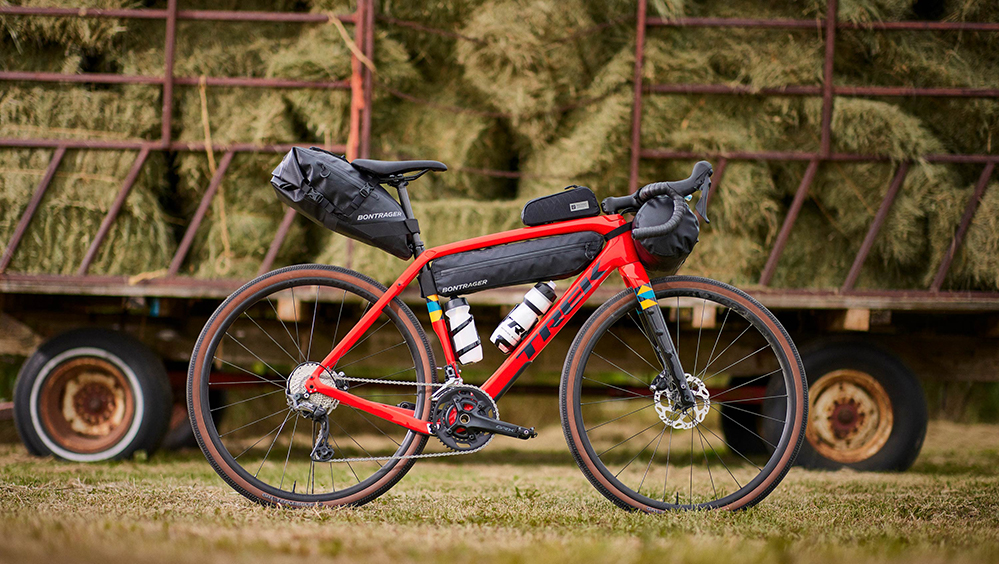
Trek Checkpoint ready for some backpacking
Hope that has informed your know-how of off-roading musts when it comes to tire set-ups. We’re open all week so call in and have a chat with our professional staff about booking your next service.